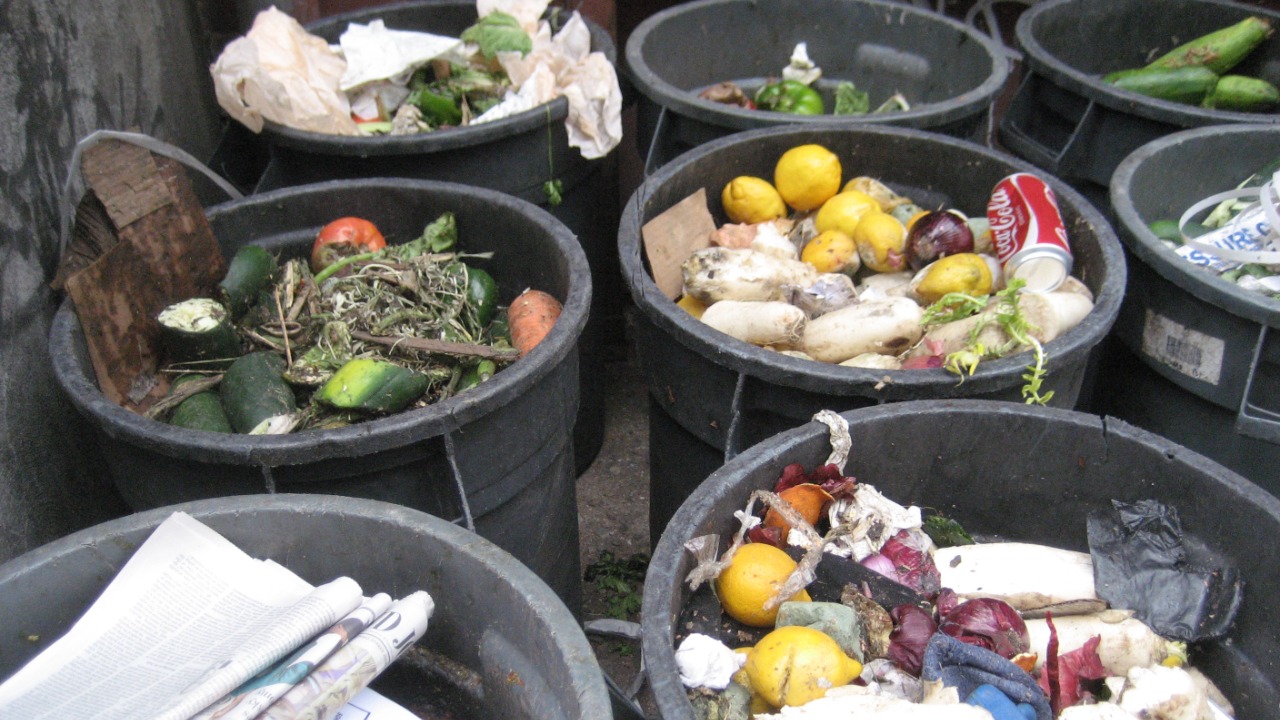
In a groundbreaking scientific development, researchers have uncovered a method to transform leftover food into fuel through a process known as electrofermentation. This innovative approach could potentially offer a solution to escalating energy costs, as reported by popularmechanics.com and kqed.org.
THE SCIENCE OF ELECTROFERMENTATION:

Electrofermentation is a cutting-edge process that uses electricity to stimulate the fermentation of organic matter, such as leftover food. The process involves the use of specific bacteria that, when subjected to an electric current, produce compounds that can be used as fuel. This transformative method has the potential to turn food waste, which is often discarded, into a valuable energy resource. (source)
The breakthroughs that have made this process possible are rooted in advancements in microbiology and electrochemistry. Scientists have been able to identify and harness the power of certain bacteria that respond to electrical stimulation by producing energy-rich compounds. These compounds can then be refined and used as a source of fuel, effectively turning waste into energy.
THE IMPACT ON ENERGY COSTS:

With the rising costs of energy, as evidenced by increasing PG&E bills, the conversion of food waste into fuel could potentially offer a significant reduction in energy costs. By utilizing a resource that is often discarded, households and businesses could potentially lower their energy bills. (source)
The potential for cost savings is vast, considering the amount of food waste produced globally. If this fuel could be used widely, it could potentially offset a significant portion of energy costs. However, the extent of these savings would depend on the efficiency of the electrofermentation process and the cost of implementing this technology on a large scale.
According to the U.S. Environmental Protection Agency, Americans generate about 63 million tons of food waste each year. If even a fraction of this waste could be converted into energy through electrofermentation, the impact on energy costs could be substantial. The potential savings are not just limited to households, but could also extend to industries and municipalities that generate large amounts of food waste. For instance, restaurants, supermarkets, and food processing plants could potentially turn their waste into a source of energy, reducing their operating costs. (source)
Furthermore, the implementation of electrofermentation technology could stimulate economic growth by creating new jobs in the renewable energy sector. The development, installation, and maintenance of electrofermentation systems would require skilled labor, contributing to job creation. Moreover, the money saved on energy costs could be reinvested into the economy, further driving growth. However, it’s important to note that these potential benefits would need to be balanced against the initial investment required to implement this technology on a large scale.
SUSTAINABLE SOLUTIONS AND THE FUTURE OF ENERGY:

Turning food waste into fuel through electrofermentation could provide a sustainable solution to energy production. Not only would this process reduce the amount of waste going to landfill, but it would also create a renewable source of energy, reducing our reliance on fossil fuels.
Moreover, the environmental benefits of this technology are considerable. By converting food waste into fuel, we could significantly reduce greenhouse gas emissions associated with waste decomposition and fossil fuel combustion. As we look to the future, experts predict that this technology could play a crucial role in the energy sector, providing a sustainable and cost-effective source of fuel. (source)
Electrofermentation could also contribute to the circular economy, a concept that aims to eliminate waste and the continual use of resources. By transforming food waste into fuel, we are essentially recycling organic matter into a valuable resource, aligning with the principles of the circular economy. This could lead to a more sustainable and resilient energy sector, capable of withstanding fluctuations in fossil fuel prices and supply. (source)
Looking ahead, the integration of electrofermentation technology into our energy infrastructure could revolutionize the way we produce and consume energy. As we transition towards a more sustainable future, it’s conceivable that homes and businesses could be equipped with electrofermentation systems, enabling them to generate their own energy from food waste. This would not only reduce our dependence on fossil fuels but also democratize energy production, giving individuals and communities greater control over their energy sources and costs. However, achieving this vision would require significant advancements in technology and policy support.